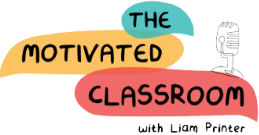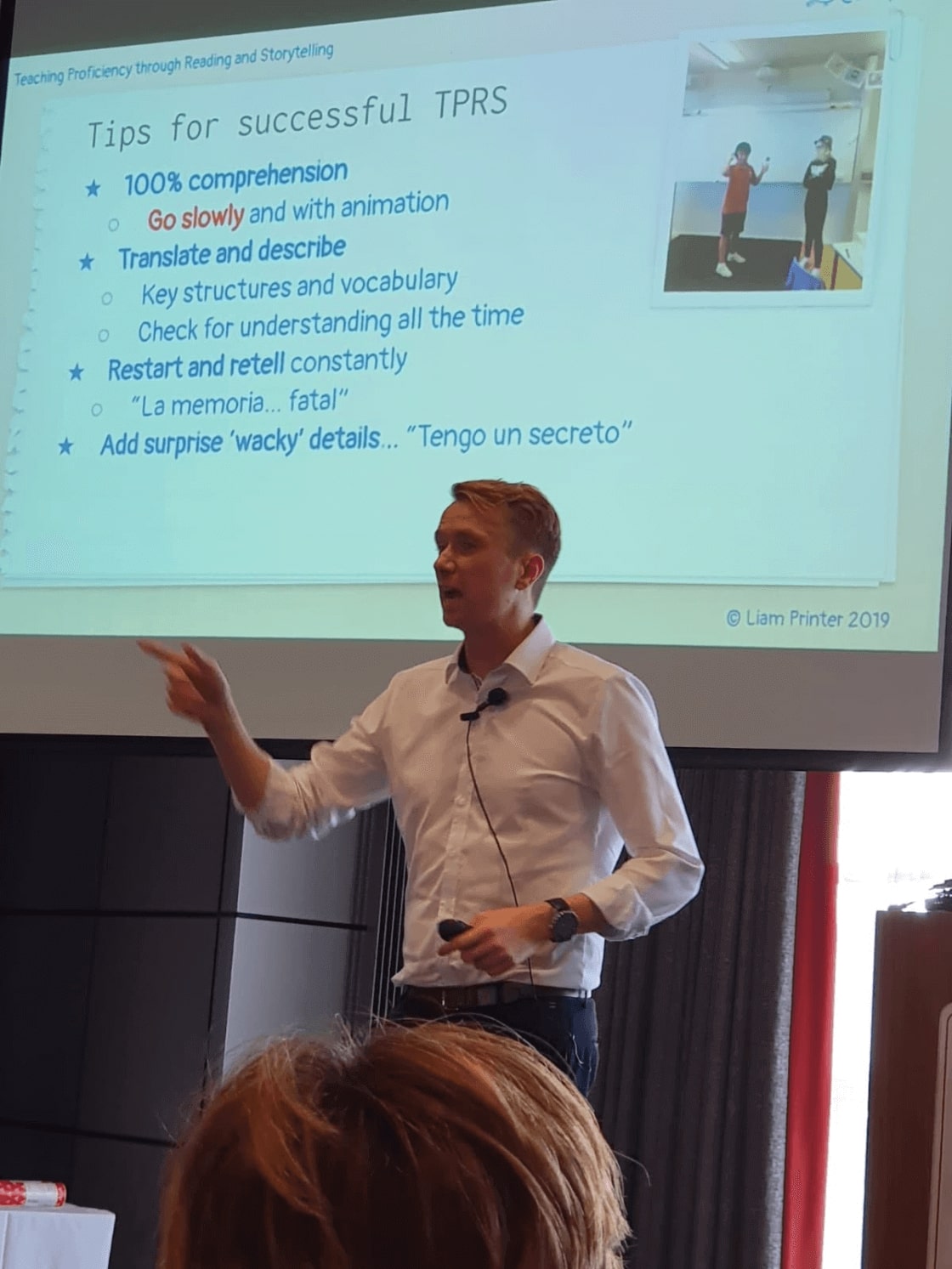Until recently, a lot of second language acquisition research has focussed on negative emotions and de-motivation. However, thanks to the work of researchers like Jean-Marc Dewaele and his colleagues, among many others, we are now learning a lot more about the importance of positive emotions and how to foster them. We can now say with some certainty that students crave unpredictability and novelty. When these are entrenched in classroom activities, students’ attention is ignited as emotions are further heightened. This research offers some further answers as to why students in language classrooms are so motivated by learning through storytelling. Almost every good story keeps us listening as we don't know what is going to happen next, this unpredictability keeps our positive emotions firing as we intently listen to find out what happens next.
The ‘unpredictable’ and ‘surprising’ elements are cited in the research as particularly important in encouraging emotional investment in the classroom and are also reported as highly motivating and crucial aspects of TPRS storytelling. Much of the current research advises teachers to plan activities that result in emotional arousal, as this will encourage deeper learner investment, which fits very closely with the nature of a co-created TPRS story. The strong emotional connection that TPRS ignites in learners was highlighted by many learners in both of my own research studies as a core reason why they find it so captivating and motivating.
These research findings can also be taken past stories though and right into our other lesson plans when we are not doing TPRS. If you keep students guessing about what activity is coming next, they will be more positively engaged. This goes for al subjects too, not just the language classroom.
But how do we keep it unpredictable all the time?
Well, realistically we can't. But we can have a wide bank of compelling, comprehensible input activities that we call upon at (seemingly) random times. This keep the students' ears perked up and listening to our input. They don't know what might be next so they need to follow along so as not to suddenly be like "eh what do we have to do?". The mini-whiteboard is one of my go-to favourites to quickly mix things up in the class. The key is for you to keep the flooding of comprehensible input going while the students do something a little active. There are so many ways to achieve it:
- Listen and draw; then compare and comment
- Write 5 words linked to X theme, then pass them round and add more. Teacher takes longest list and uses it for more comprehensible input
- Listen to a song and write particular things you hear (foods, emotions, adjectives etc)
- Bingo: Write 3 words related to X theme; then teacher talks about the theme while students listen. If I say any word on their board they are out.
- Groups of 2: write all the words you can remember from X song; then they stand and each group shares 1 word going round the room. When your board is empty or you can't think of any more your team is out. Teacher repeats and comments using comprehensible input.
- Give one get one: list of words related to X, go round room give a word, get a word. No looking at other boards though. You have to try to communicate clearly first. This is where they are giving comprehensible input to each other as it is just 1 word and the sentence "do you have X word"
And the list goes on and on. Whenever I see students eyes or heads begin to drop a little, or that familiar glazing over look we all try to avoid, I quickly say "whiteboards", and "everyone up" and then do an activity with them where they will have to move around. Some teachers call these "brain breaks" and do stretches or movement games. All of these help to motivate as long as we keep them unpredictable and there is comprehensible input from you as the teacher. Have you spotted that keeping the comprehensible input going is key to all this??
But aren't we always told that our students need classroom routines?
Yes they do but there's a catch: I still have loads of routines in my class but they are almost all to do with behaviour and managing the class. They are not necessarily routines to do with learning (although they can be linked). For example, a common routine is that the students enter class to Spanish music with subtitles being projected. Another routine is they need that week's password to enter class each day and they must tell me 1 word they learnt that lesson before being allowed to leave. I have a student 'control' the doorway and check everyone has said the password. I control the exit word. So yes, there are routines but even these behavioural routines allow for autonomy and unpredictability: they never know what song will be playing when they come in, the password changes every week etc. So it is a great thing to keep routines going for behaviour but when it comes to learning activities, try to mix it up frequently, throw curve balls and do a wide variety of activities to keep them with you. And of course, keep the comprehensible input going by telling them stories about your life (embellish as you see fit!), your pets, your hobbies, your failures and mistakes, your goals and dreams. As long as they are never fully sure what is coming next, you have them. And when you have them, they're listening intently and acquiring more language.

